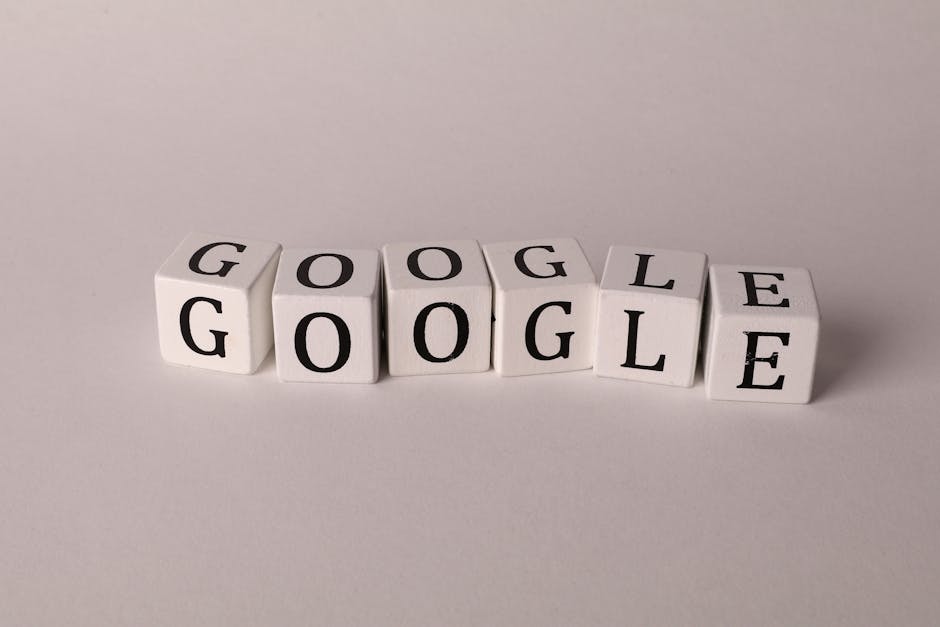Optimizing Your Headlines for Search Engines and Users
Crafting headlines that appeal to both search engines and users is a critical component of successful content creation. Effective headlines not only grab the attention of readers but also improve search engine ranking, driving more traffic to your site. Understanding the nuances of keyword placement, user intent, and readability can help create headlines that are both engaging and SEO-friendly.
The Importance of Keyword Placement
Keywords play a pivotal role in making your headlines discoverable by search engines. Incorporating relevant keywords into your headlines can significantly enhance visibility. Tools like Google Keyword Planner or Ahrefs can help identify high-traffic keywords related to your content. Including primary keywords near the beginning of the headline can further boost SEO performance, as search engines often place more weight on early words.
However, it's essential to balance keyword usage with readability. Overstuffing headlines with keywords can make them look unnatural and deter potential readers. Aim for a seamless integration of keywords that feels organic and maintains the headline's appeal.
For example, if you're writing an article about travel tips, a headline like "Top Travel Tips for 2023: Save Money and Travel Smart" effectively incorporates relevant keywords while remaining engaging.
Understanding User Intent
User intent refers to what users are looking for when they enter a query into a search engine. Creating headlines that align with user intent increases the likelihood of attracting clicks. There are generally three types of user intent: informational, navigational, and transactional.
Informational intent involves users seeking information or answers to questions. Headlines like "How to Optimize Your Website for SEO" cater to this type of intent by promising valuable insights. Navigational intent involves users looking for a specific website or page; headlines such as "Best Restaurants in New York" serve this purpose. Transactional intent is when users are ready to make a purchase; headlines like "Best Deals on Laptops This Black Friday" cater to these users.
- Informational: "How to Fix a Leaky Faucet"
- Navigational: "Top 10 Hotels in Paris"
- Transactional: "Buy Affordable Running Shoes Online"
Understanding these categories can help tailor your headlines to meet the specific needs of your audience, thereby increasing engagement and click-through rates.

The Role of Emotional Triggers
Emotional triggers are powerful tools in headline creation. They tap into readers' emotions, compelling them to click through to your content. Words that evoke curiosity, urgency, or excitement often perform well in headlines.
For instance, using numbers can create a sense of structure and promise specific value, such as "7 Ways to Improve Your SEO Today." Action words like "discover," "unlock," or "boost" can also instill a sense of urgency and excitement.
| Emotional Trigger | Example Headline |
|---|---|
| Curiosity | "What You Didn't Know About Organic Farming" |
| Urgency | "Act Now: Limited-Time Offer on Gym Memberships" |
| Excitement | "Discover the Secrets to Effortless Weight Loss" |
Balancing Length and Clarity
The length of your headline can impact its effectiveness. Search engines typically display the first 50-60 characters of a headline, so keeping it concise ensures important information isn't cut off. According to Moz, headlines that are too long may be truncated in search results, which could affect click-through rates.
Aim for clarity by avoiding jargon or overly complex language. Headlines should be easily understood at a glance. For example, instead of writing "Advanced Strategies for Maximizing Digital Marketing ROI," consider simplifying it to "Top Digital Marketing Tips for Better ROI."
Additionally, experimenting with different headline formats such as questions ("What Are the Best SEO Practices?") or lists ("5 Essential SEO Tips") can keep your content fresh and appealing.
Crafting effective headlines requires a blend of strategic keyword placement, understanding user intent, leveraging emotional triggers, and balancing length with clarity. By focusing on these elements, you can create headlines that not only attract readers but also enhance your site's SEO performance. Ultimately, well-optimized headlines serve as the gateway to your content, drawing in readers and encouraging engagement.
As you continue refining your approach based on data and user feedback, you'll find that the effort pays off through increased visibility and higher engagement rates. Keeping abreast of evolving SEO trends and user behavior will further ensure that your headlines remain effective in capturing attention and driving traffic.